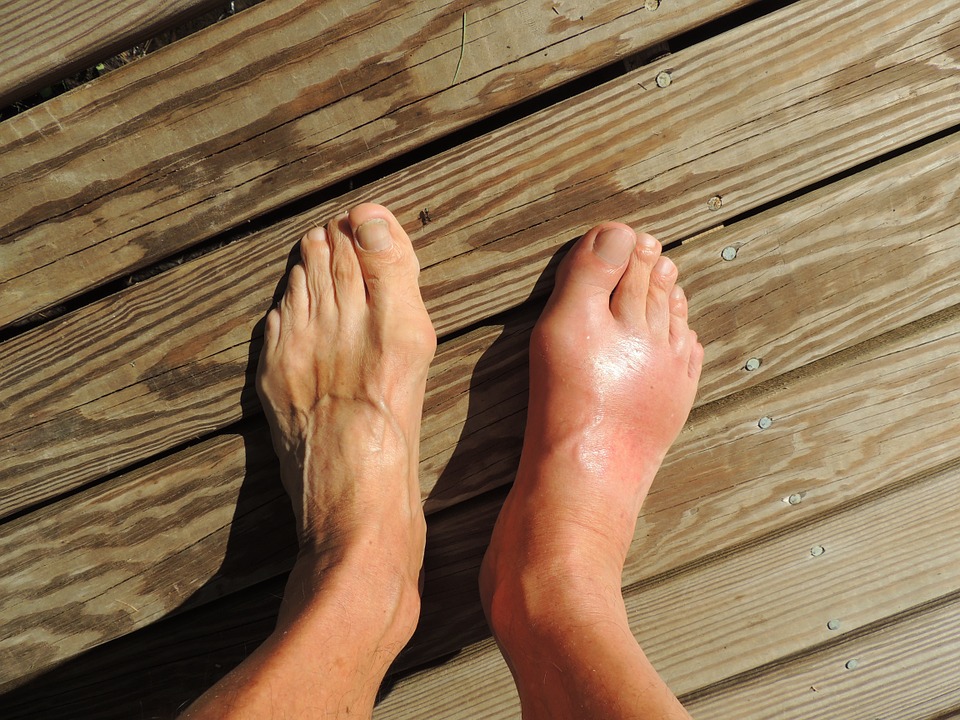Why natural alternatives are better than conventional underarm cosmetics
08/24/2022 / By Olivia Cook

Research over the past years has linked antiperspirants and deodorants that most people use daily with dangerous health risks.
Most conventional or mainstream deodorants contain a list of toxic and lipophillic ingredients, such as aluminum compounds, parabens, triclosan, propylene glycol (PG), triethanolamine (TEA) and diethanolamine (DEA), steareth-N, artificial colors and phthalates or fragrance, among other questionable ones. (Related: The top 7 most toxic ingredients in your deodorant… are you poisoning yourself?)
It is important to note that your underarm has a direct route to the lymphatic system, an essential part of our immune system and repeated exposure will cause toxic ingredients in antiperspirant and deodorant formulas to build up in your body over time.
Here are some of the problems associated with frequent and long-term use of underarm cosmetics.
Cancer
Numerous studies have correlated long-term application of underarm cosmetics with breast cancer development and progression. (Related: Deodorants contain dangerous aluminum salts that can excel cancer growth.)
In a study published in eBioMedicine, researchers noted that the frequent use of underarm cosmetic products with aluminum salts leads to an accumulation of aluminum in breast tissues. They also stressed that the risk of breast cancer increases with the excessive use of underarm cosmetic products several times a day at younger ages.
A study led by Dr. Philippa Darbe from the University of Reading found at least one form of paraben, a preservative used in deodorants and antiperspirants, in 99 percent of the tissue samples collected from 160 women who had mastectomies between 2005 and 2008 due to breast cancer. Sixty percent of the breast tissue samples had all five most common paraben esters: methylparaben, propylparaben, butylparaben, benzylparaben and isobutylparaben.
Alzheimer’s disease
A study published in the journal Molecular Medicine Today linked the use of antiperspirants with the systemic accumulation of aluminum and an increased risk of aluminum-related diseases, including Alzheimer’s disease.
Hormone disruption
According to a study that appeared in the journal Environmental Health Perspectives, aluminum, triclosan, parabens and phthalates that are present in conventional underarm cosmetics are known endocrine disruptors. They can bind to a receptor within a cell and prevent the correct hormone from binding, which results in the failure of the body to respond properly. These effects can include developmental malformations, interference with reproduction, increased cancer risk and disturbances in the immune and nervous system function.
A study that appeared in the Journal of Toxicology and Environmental Health, Part B, Critical Reviews reported on the reproductive and developmental toxicity of phthalates.
Listed as DHP, DBPS, DEHP and dibutyl phthalate in personal care products, phthalates can interfere with the normal development of a fetus or child and can harm the reproductive system. It can also increase the absorption of parabens, which enter the body and attach themselves to the nearest estrogen receptor.
Liver and kidney damage
A study published in the Journal of the American College of Toxicology showed evidence of hepatic and renal damage from TEA and DEA, chemical compounds that are used as emulsifiers in deodorants, among others.
The European Commission has linked these ethanolamine compounds to liver tumors and has banned them in Europe due to their status as human carcinogens.
Natural alternatives to chemical-laden deodorants and antiperspirants
Natural alternatives to your conventional underarm cosmetics are inexpensive and gentle for sensitive skin. They can also reduce your chemical load that leads to health concerns.
Here are a few natural deodorant options:
Dead Sea salt minerals, crystals or salt rocks
Dead sea salt minerals, crystals or salt rocks help kill bacteria that cause underarm odor and offer superior odor protection when you apply them right after you shower or bathe. They leave an almost unnoticeable residue on your skin or clothing when applied to take care of the underarm odor. Salt rock crystal deodorants are safe, even for people with allergies or skin sensitivity.
Make sure that you’re purchasing pure salt crystals. If you prefer them as roll-on, spray, gel or powder form, make sure they do not have additives or artificial fragrances added.
Aloe vera
Aloe vera is especially great for people with sensitive skin who are looking for an effective natural deodorant or who don’t like to mix ingredients. Aloe has antimicrobial and antibacterial properties that work wonders at reducing odor.
Essential oils
Essential oils like lavender, peppermint, eucalyptus, patchouli, cinnamon and clove can provide fresh, non-synthetic scents and limit the bacterial growth that causes foul odor. Blending a few drops of your preferred essential oils to use directly on your skin can make a delightfully scented natural deodorant. You can also blend essential oils with a base oil, such as olive oil or jojoba oil. (Related: Make natural, harmless deodorants with essential oils.)
Visit Cosmetics.news for more news related to cosmetics.
Watch the video below about why you should ditch conventional deodorants with harmful ingredients and switch to natural alternatives.
This video is from the Health Ranger Store channel at Brighteon.com.
More related stories:
Are you poisoning yourself with conventional deodorants?
There are toxic chemicals hiding in your deodorant.
Skip the deodorant and eat an orange: Natural ways to combat body odor.
Sources include:
Submit a correction >>
Tagged Under:
aloe vera, aluminum, antiperspirant, breast cancer, deodorant, essential oils, health science, Hormone disruptors, kidney damage, liver damage, natural health, natural ingredients, parabens, products, salt minerals, toxic chemicals, toxic ingredients, underarm cosmetics
This article may contain statements that reflect the opinion of the author
RECENT NEWS & ARTICLES
HealthScience.News is a fact-based public education website published by Health Science News Features, LLC.
All content copyright © 2018 by Health Science News Features, LLC.
Contact Us with Tips or Corrections
All trademarks, registered trademarks and servicemarks mentioned on this site are the property of their respective owners.




















